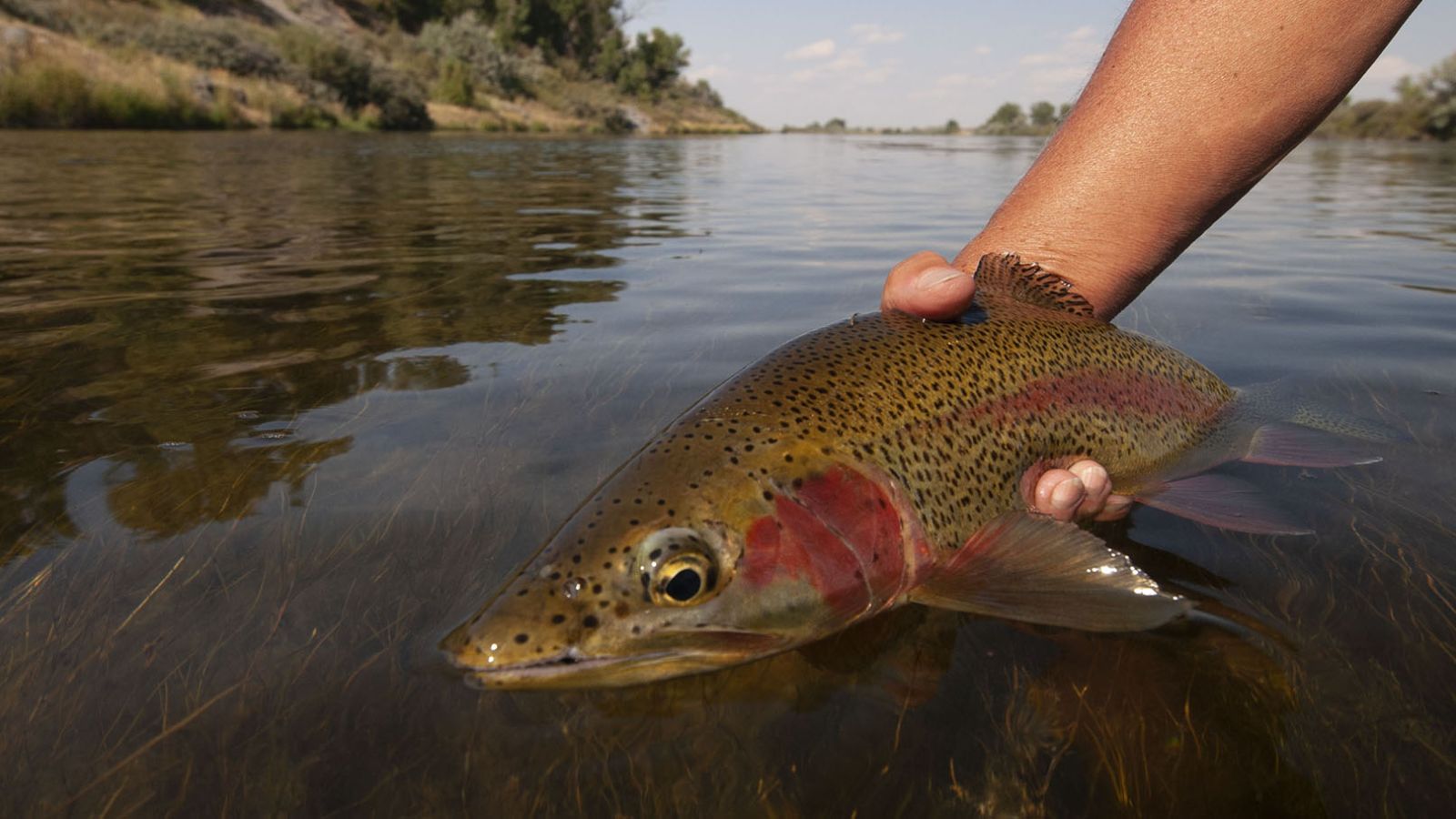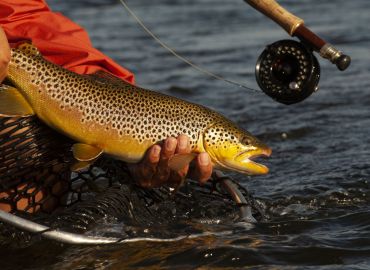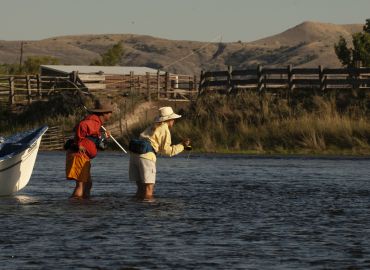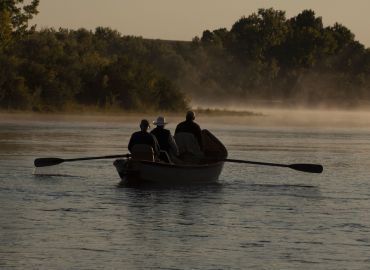Welcome to the Royal Bighorn Lodge
Flowing through some of the West’s wildest country, the Big Horn emerges from Yellowtail Canyon below the Yellowtail Dam in Fort Smith, MT.
The Big Horn river is one of the great trout rivers of the world. It is known for prolific hatches and truly stunning dry fly fishing for selective trout. Like the Yellowstone, the Bighorn played a pivotal role in the Vermillion brothers’ lives as fly-fishermen. We hope you will come join us.
Originally stocked with rainbow and cutthroat trout shortly after the dam was constructed in the mid-60’s, today, the river supports a self-sustaining population of wild brown and rainbow trout with the upper stretches of the river supporting as many as 6,000 trout per mile.

|
The trout and the insect life grow quickly and provide exceptional fishing all year. The average size of Bighorn trout is in the 14 to 16-inch range, with many fish running close to 20 inches, and the big fish being as large as 28 inches. The consistent water temperature supports a very diverse and prolific food base for trout, that consists of midges, various mayflies, caddis, stoneflies, crustaceans such as scuds and sow bugs, aquatic worms, leeches and minnow varieties. Terrestrial insects such as grasshoppers, beetles and ants are also important food items that are aggressively eaten by trout during the summer months. So, the trout have a variety of choices but are eating all the time.
 |
 |
 |
As with our operations, Sweetwater works with some of the finest independent guides on the Big Horn. They are all adept teachers and will help you navigate the complexities of the hatches and the fishery. Your day will typically begin sub-surface nymph fishing in the morning followed by emerger fishing during mid-day, and conclude with rafts of insect finishing their life cycle in the waning hours of the day. It is truly a classroom for the trout fisherman.